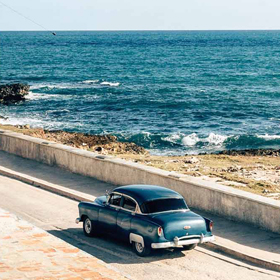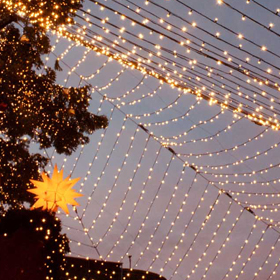- Begin in Buenos Aires, the vibrant capital of Argentina, and end in Santiago, Chile’s dynamic and energetic capital
- Journey north and across the border into Chile to reach the breath-taking Atacama Desert
- Cross the Andes through Paso de Jama, the mountain pass between the border of Argentina and Chile, at an altitude of almost 14,800ft
Contact one of our specialists + 44 (0) 20 3958 6120
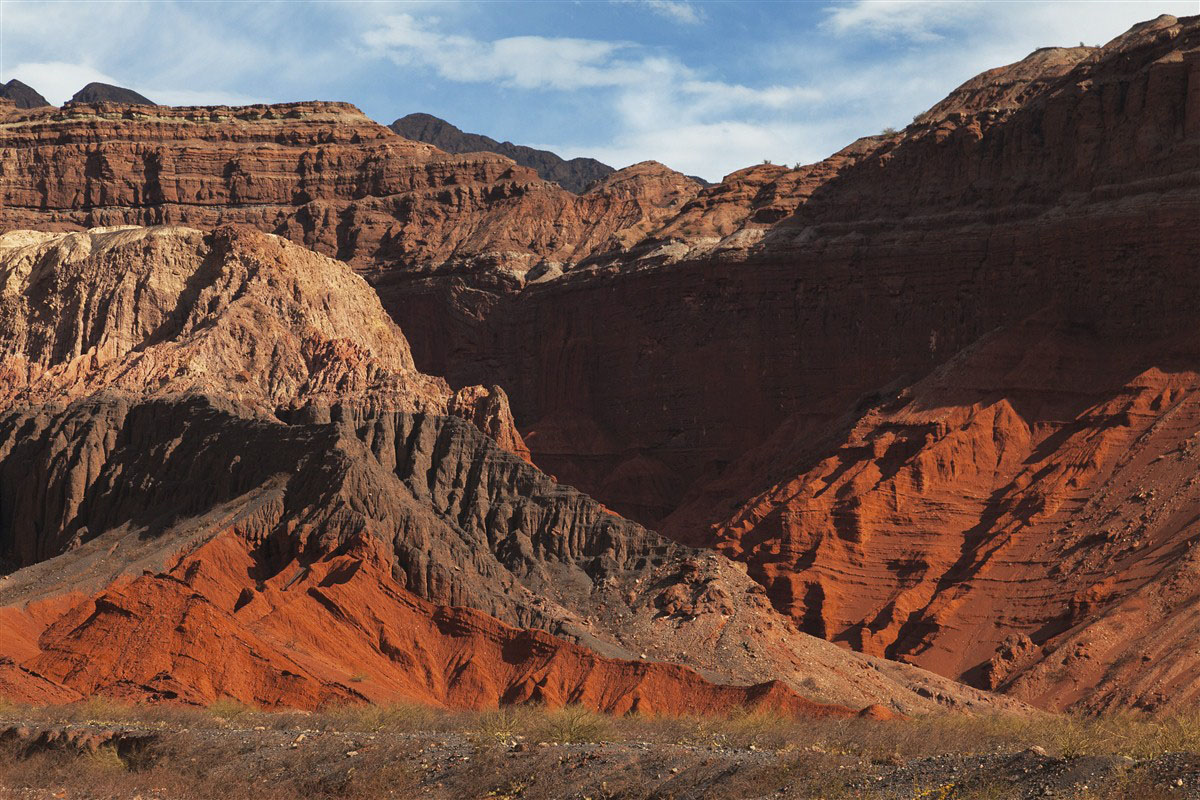
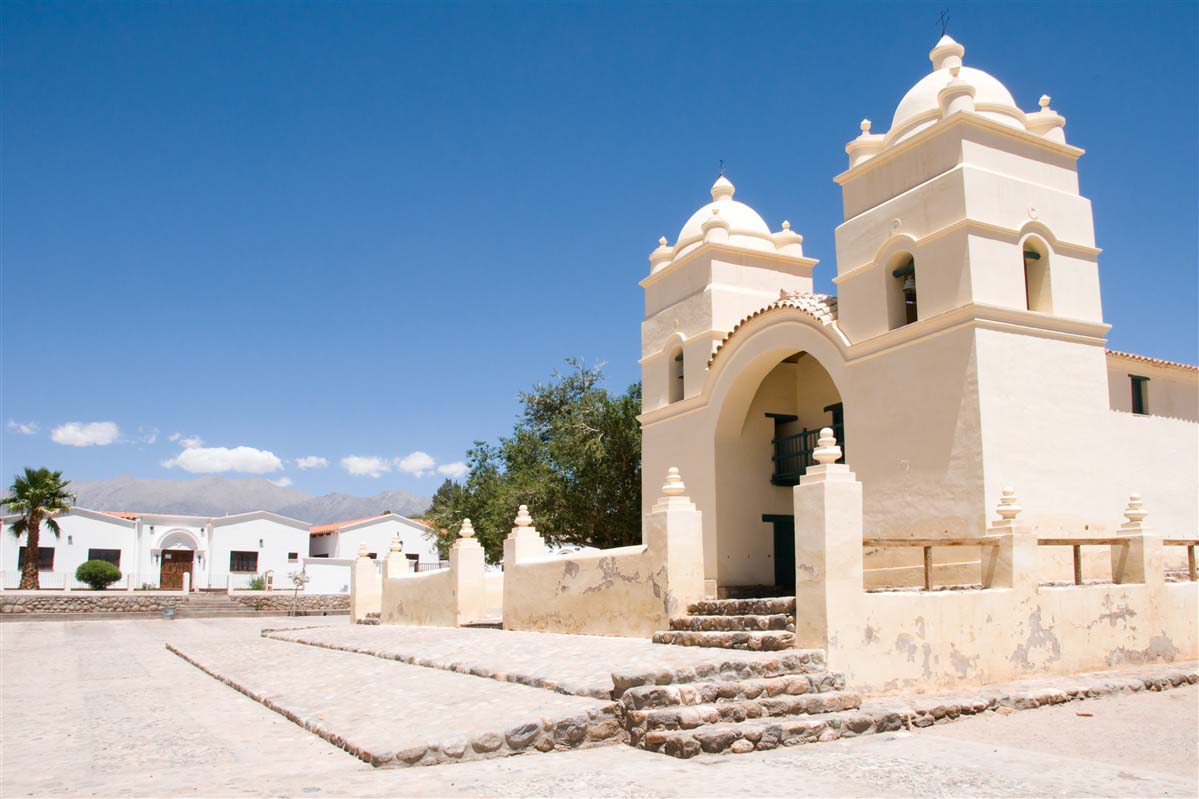
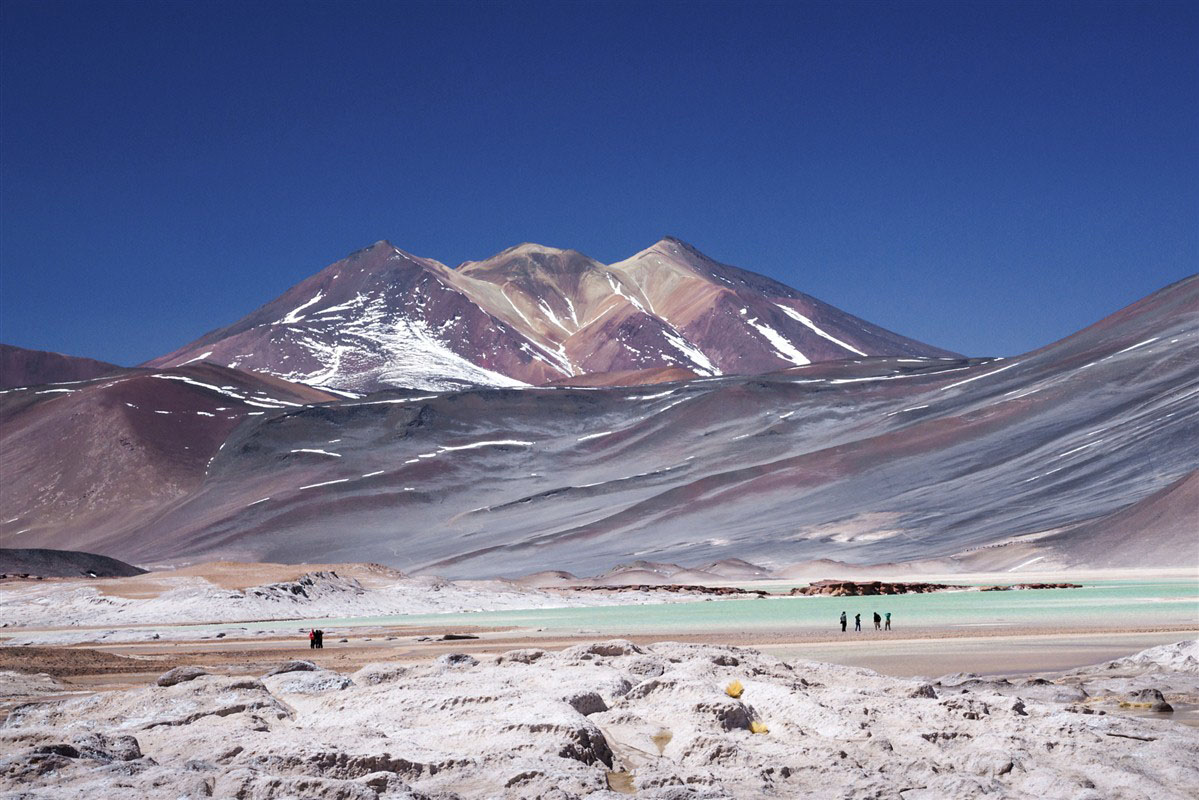
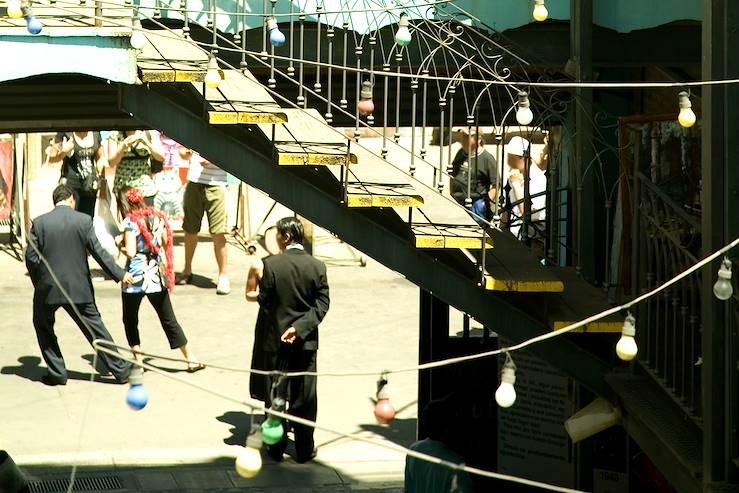
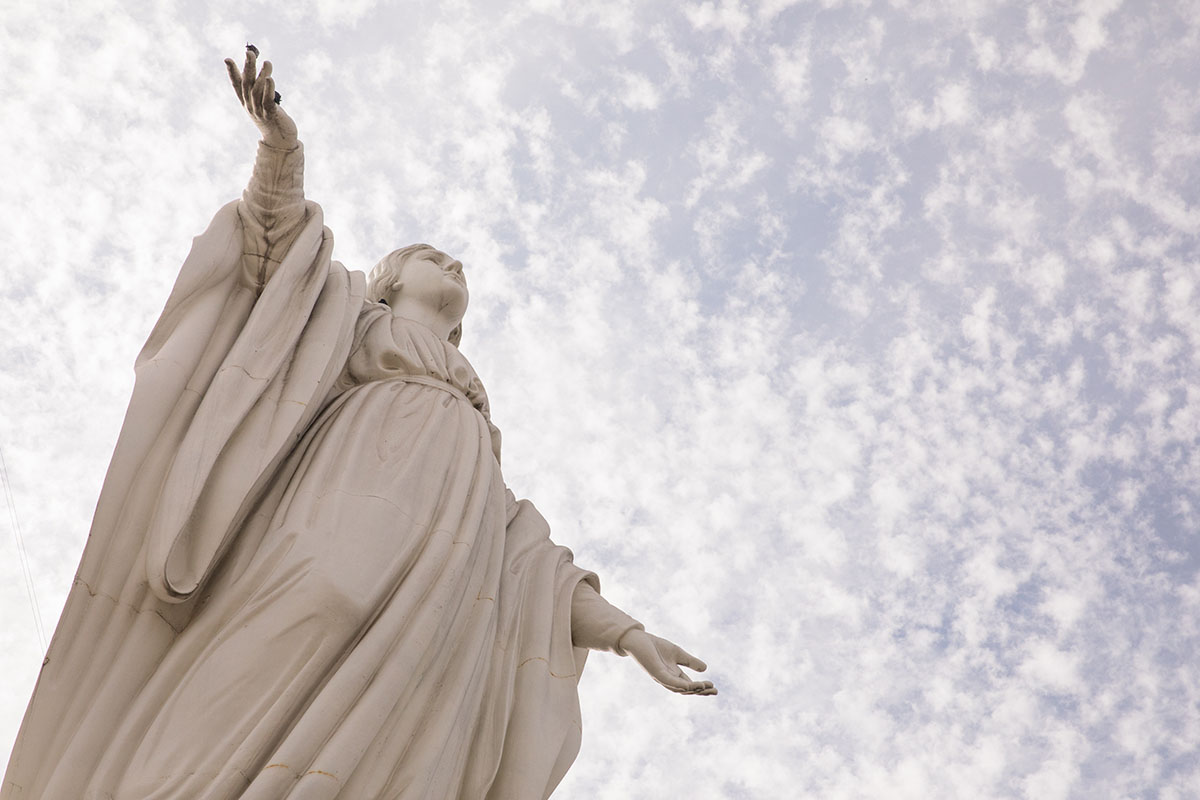
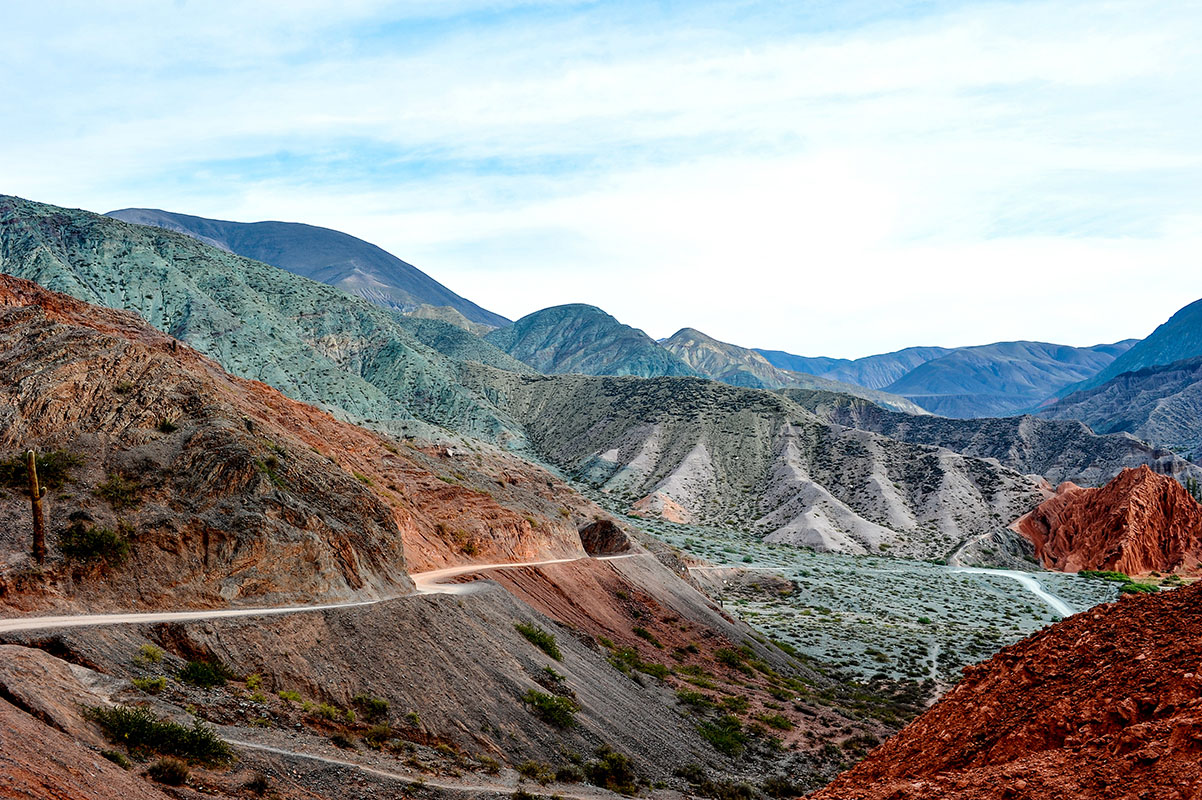
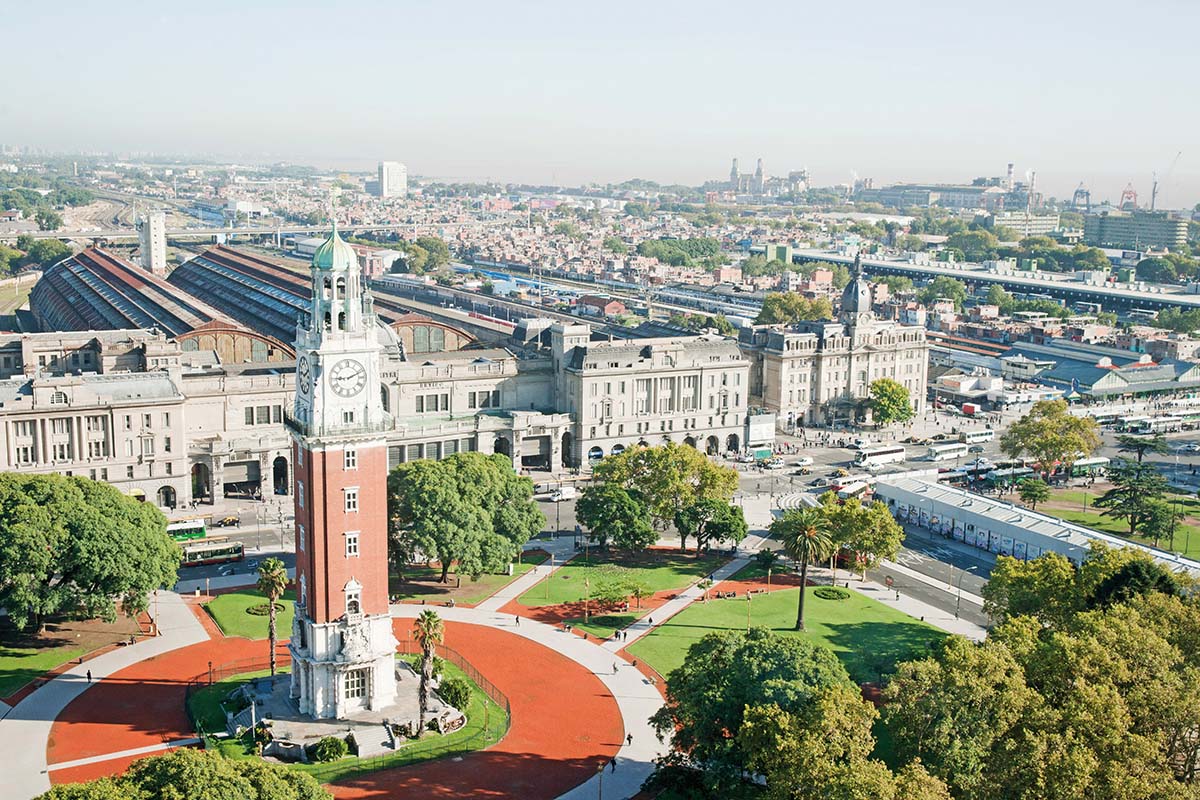
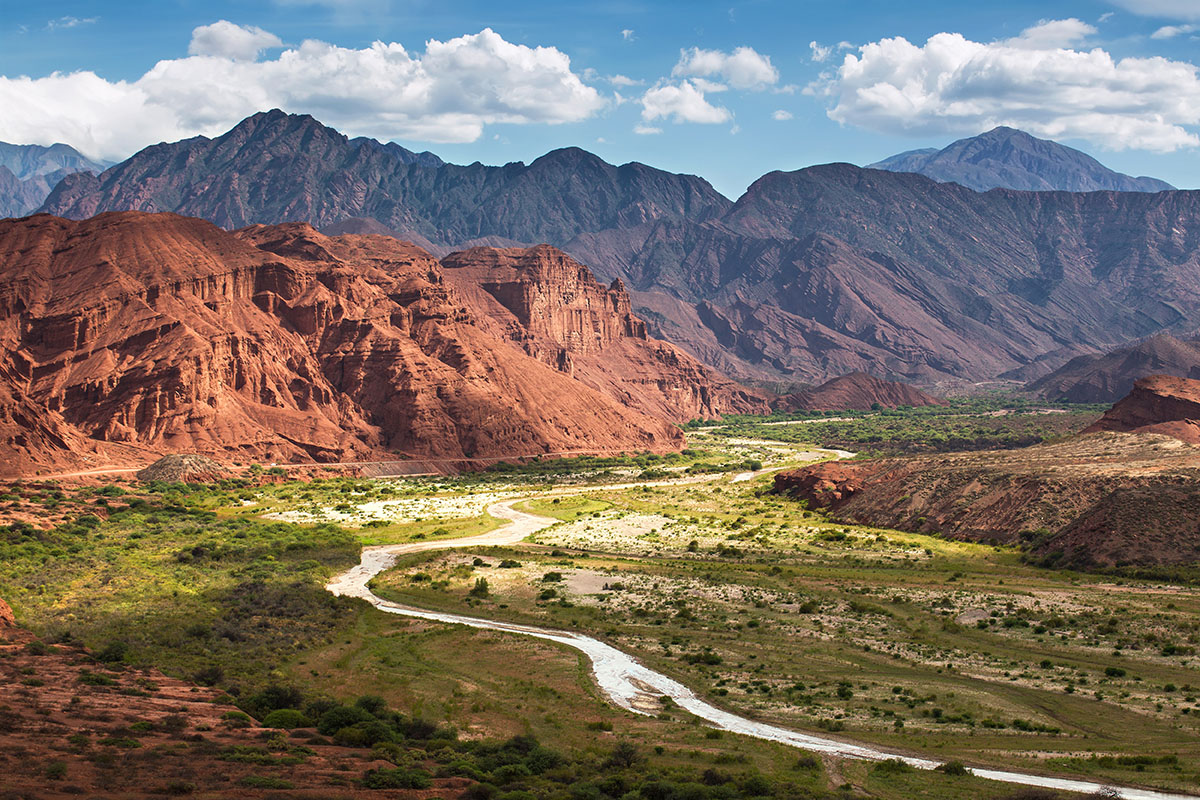
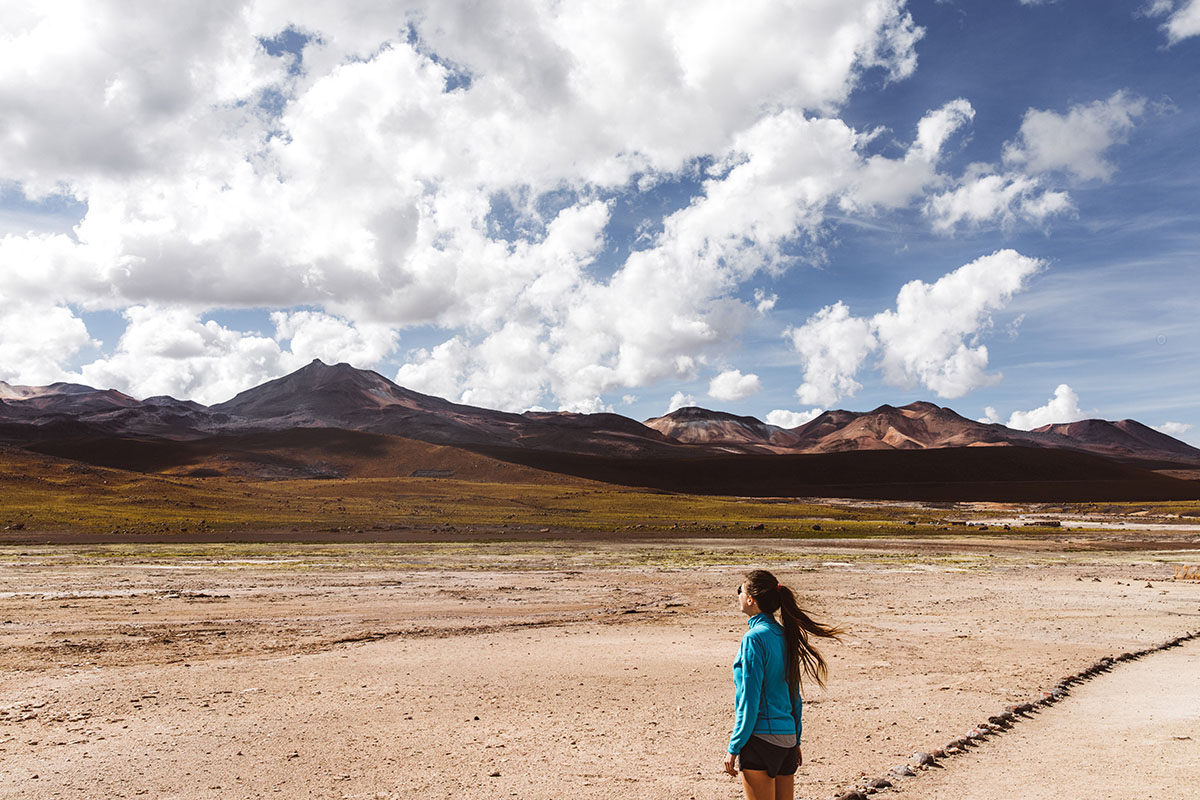
Your trip to Argentina and Chile
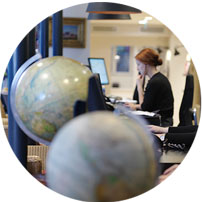
The Argentine north-west
The north-west is the country's most diverse and extensive region. It's the whole of Argentina in one region: mountain ranges with snow-covered peaks, plateaus, salt flats in the colours of the flag (the pristine white of salt and the clear blue of the sky), valleys (the famous Quebradas), red deserts dotted with column cacti and spectacular landscapes with native towns and colonial village. The Argentine north-west is also a region of vineyards where great wine is made with care and passion.Atacama Desert
Robots for exploring Mars were tested in the Atacama Desert. You could say that this region of northern Chile is another world. The salt from the salt flats has been exploited for many centuries, and not even this harsh landscape lands has stopped indigenous populations from developing a surprisingly fruitful agriculture in the past. Swathes of Andean, Chilean and puna flamingos flock here in search of their daily feed in brackish lagoons. While the telescopes are trained on the stars (there's zero light pollution here), volcanoes and geysers are the sign that something major is going on below ground.Route
Flight to Buenos Aires
Buenos Aires
Arrival in Buenos Aires. Private transfer and three-night accommodation in the elegant and artsy Recoleta district. The front of the hotel has beautiful tiers of balconies. Wrought iron, aged wood, leather and glass adorn the interior. It's a comfortable yet sharp design. The rooms are beautifully designed and its facilities are the best. The restaurant serves Indian cuisine (Bengali to be exact) but with a hint of the Mediterranean, and the best wines from local vineyards. The spa offers a range of treatments that are a perfect remedy for the demands of urban life. The facilities are comfortable and the staff are professional. Bicycles are provided free of charge to guests wishing to explore the sculptures that adorn the district (including Hercules the Archer by Bourdelle and the Floralis Generica by Eduardo Catalano).
Buenos Aires
Buenos Aires is a strong-natured city with European flavours and Latin charm. Fancy an evening of tango? There are lots of small bars where you can discover traditional tango and nuevo tango (Piazolla-style tango). And then there are the more elegant establishments, such as Confiteria la Ideal with its delightful Belle Epoque decor.
Buenos Aires
Things to see and do - take the time to savour the sweetness of life, sitting down with a cortado (milky espresso) and a medialuna pastry at Cafe Tortoni, with its green marble-print curtains and red leather seats - attending a football match featuring either Boca Juniors or River Plate (or ideally both, in a so-called Superclasico); football lover or not, experiencing gamenight in Buenos Aires is an exhilarating experience - visit Palacio Barolo, built between 1919 and 1923 as a tribute to Dante's Divine Comedy - get lost in the alleys of the Recoleta cemetery, which houses 5000 graves, from the most modest grave to the most flamboyant mausoleum - bargain-hunt in the antique shops of Plaza Dorrego in San Telmo - delve into the past at the Museo Historico Nacional - visit the Cathedral Nuestra Senora del Buen Aire, Pope Francis's church when he was Archbishop of Buenos Aires - walk around the docks of Puerto Madero, the meeting place for the city's gilded youth. You simply must spend an evening in a milonga to admire dancers doing the tango, once described as a 'sad thought expressed in dance'.
Buenos Aires - Salta
Transfer to the airport and fly to Salta for the night. The town has preserved a beautiful collection of ancient buildings. Take a walk to visit the Cabildo (The seat of the colonial city hall - 18th century), the splendid San Bernardo convent (16th-17th century), the Basilica of San Francisco (18th-19th century) and the traditional craft market.
Salta Cafayate
Pick up your car rental and head south. You'll then cross the Quebrada de las Conchas with its red sandstone formations that have been remarkably eroded by water and wind (this is a UNESCO World Heritage site). You'll then come to the small town of Cafayate, surrounded by vineyards and several archaeological relics. In addition to its five-nave cathedral and its 'bodegas' (wine cellars), enjoyment can also be found in the fresh open-air of patios shaded with vine branches. Give in to the temptation of a traditional bodega followed by wine tasting (the Torrontes white grape variety is characteristic of this region). Don't miss the Ruins of Quilmes, home to the remains of a significant 'Pucara' (city) belonging to the Diaguita people.
Your trip will include a stay at a hotel with colonial charm, located in the heart of the vineyards of the Calchaquí Valleys, not far from the city of Cafayate. First stop: the vineyards. At the end is a hacienda with high white walls, the bell tower of its church pointing into the azure sky against a backdrop of black mountains. Then there's the garden, where you can hear the sweet sound of birdsong. And the patios, fountains and bougainvillea.
Cafayate Molinos
Now it's off to Molinos. On the way, you pass through the small villages of Colalao del Valle and Tolombon, hidden in the vineyards, and then the impressive Quebrada de las Flechas a geological marvel of jagged peaks like arrowheads (in fact, the name means Ravine of the Arrows). Set in the hollow of a valley is Molinos, with its dirt streets and San Pedro church (18th century), which has a cactus roof. Stay in a colonial hacienda.
Molinos - Cachi - Salta
Then head to Cachi, at an altitude of 7546ft, which is the most charming village in the region, thanks to its cobblestone streets, white houses and pepper plants. The Archaeological Museum documents what life in the Calchaqui Valleys was like before the Spanish conquest. It houses a very well-preserved mummy, nicknamed the Lady of Cachi, and beautiful Inca ceramics. Now head to Los Cardones National Park, home to guanacos, pumas and condors. The Piedra del Molino lookout (11,800ft) overlooking the Cuesta del Obispo is spectacular. Then it's off to the Lerma Valley and Salta Valley Plains. Return to Salta and spend a night at your hotel.
Salta - Purmamarca
Trip to Purmamarca via San Antonio de los Cobres. One of the most impressive landscapes in the whole of Argentina's north-west is the Quebrada del Toro, with its colourful towering valleys, column cacti and archaeological remains, the most important of which is certainly the pre-Columbian site of Tastil. Stop off at Salinas Grandes, a 75 square-mile salt desert almost 11,500ft above sea level, pristine white salt and clear blue sky. Spend two nights in the region's most traditional indigenous town, Purmamarca, in a hotel that creates a stunning combination of indigenous heritage and contemporary well-being.
Purmamarca - Tilcara - Humahuaca - Purmamarca
Explore the village in the morning. Behind the small church adorned with paintings of the school of Cusco (17th century) stands the Cerro de los Siete Colores (The Hill of Seven Colours), whose hues range from beige to purple. In the square, shaded by a majestic, century-old carob tree, local craftsmen sell wooden sculptures, hand-woven rugs and medicinal herbs. To the north is the Quebrada de Humahuaca, a UNESCO World Heritage site. The Pucara de Tilcara, a fortress built by the Omaguacas people shortly after 1000 AD, and the village of Humahuaca, are the two major sites in the valley. Return the rental car.
Purmamarca - Paso de Jama - San Pedro de Atacama
Bus ride to San Pedro de Atacama, Chile. Just over the Argentinian border is the Paso de Jama, 14,300ft above sea level, with its spectacular view of the Andes. San Pedro (approximate altitude of 7,874ft). You'll be spending four nights at a hotel not far from San Pedro de Atacama. How the hotel has been incorporated into the rocky location is outstanding. Its use of stone, adobe, wood, fabric and leather make for a sophisticated and comfortable rustic design. The architecture and gardens were entrusted to some of the best Chilean specialists, in order to bring aesthetics and principles of sustainability into perfect alignment in this fragile environment. In the evening in particular, the light show is spectacular; at night, the pool and lagoons reflect a sky teeming with stars. The rooms, which are simple and elegant, allow you to enjoy the delectable peace of the desert at night. The restaurant serves organic produce wherever possible, used in creative dishes. The spa does wonders with its mud and expert therapists.
There are many outdoor activities recommended by the hotel, including:
Atacama Salt Flats - Visit the village and church of Toconao and then explore the Atacama Salt Flats, a beautiful 1235 square-mile salt pit populated by pink flamingos.
Moon Valley - Take a walk through this moon-like desert spot, with its strange rock formations and dunes formed over many millennia by water and wind erosion. El Tatio Geysers - Explore the geysers at sunrise and witness fumaroles of up to 33ft. Bathe in the hot springs. On the way back, you'll pass through the village of Machuca.
Altiplanic Lagoons- Explore the emerald-blue lagoons of Miscanti and Miniques which lie in the mountains at an altitude of more than 13,000ft.
San Pedro de Atacama
The Atacama Desert is one of the purest deserts in the world, with its exceptionally clear skies due to the dry air. San Pedro is an oasis. The church, made of adobe brick, is one of the oldest in the country (17th century). During the three-day stay, you will visit the Museo Arqueologico R.P. Gustavo Le Paige, which comprehensively documents the resourcefulness of the indigenous Atacama population. Then visit the pre-Columbian sites of Quitor and Tulor too. It would also be a great idea to explore the salt flat lagoons, which harbour large colonies of flamingos. The concentration of salt in the Cejar Lagoon produces the same effects on your body as the Dead Sea. The El Tatio geyser and its steam columns are sure to leave an impression early in the morning.
San Pedro de Atacama - Calama - Santiago
Transfer to Calama Airport and flight to Santiago. Two-night stay in a modern and comfortable hotel in the town centre. You can expect clean, contemporary rooms, as well as a rooftop swimming pool with a bar and terrace which offers breathtaking views of the city and the Andes.
Santiago
Visit the Chilean capital. The city has quite modern tones with its classical and Gothic architecture and hints of Art Nouveau; past earthquakes have spared few colonial buildings. Take a stroll on the delightful Santa Lucia Hill or in the Parque Quinta Normal, visit the Museum of Pre-Columbian Art and La Moneda, the presidential palace and Plaza de la Ciudadania. A tour of the pisco bars is also on the cards.
Santiago - return flight
Private transfer to the airport and return flight.
A la carte
Experience Buenos Aires like a local
Buses, the metro and taxis are how the locals get about on a day-to-day basis. You will set out on a journey to explore the city's distinctive barrios (neighbourhoods) with a guide: You'll visit Plaza de Mayo and, to the south, San Telmo, which is picturesque, colonial and a tango hotspot, La Boca and the colourful Little Italy in Buenos Aires. Then, to the north, you'll visit the aristocratic and airy Recoleta. Then it's time for a drink in Old Palermo. All in all, this a great way get acquainted with the customs and way of life of the great city by the River Plate. Option - Full dayPrivate tour of Salta
With a guide (and a driver), visit the Pink and Gold Cathedral (19th century), the Basilica of San Francisco (18th-19th century) and the Cabildo (Colonial Town Hall - 18th century with a museum dedicated to the history of the town). Option - Half dayRiding in Cafayate
Riding in the Argentinean landscape is a way of reconnecting with the past and embracing the national way of life. In the north-west, vineyards alternate with various geological formations. Here there are dunes whose waves of white sand are formed by the wind. The leisurely pace of your ride will allow you to soak up the contrasts, the austerity and the beauty of nature. Option - Half a day with a guideA Rough Idea of Price
- Direct return flight to Buenos Aires - return from Santiago
- Airline taxes and fuel surcharge
- Private transfers included in the itinerary
- Purmamarca-San Pedro bus ride from Atacama
- Five-day category H car rental (drop-off fee included)
- Three-night stay in Buenos Aires in a double room, breakfast included
- Two-night stay in Salta in a double room, breakfast included
- Overnight stay in Cafayate, in a double room, breakfast included
- Overnight stay in Molinos in a double room, breakfast included
- Two-night stay in Purmamarca in a double room, breakfast included
- Three-night stay in San Pedro de Atacama in a double room on full board, with activities included
- Two-night stay in Santiago in a double room, breakfast included
- Use of a local mobile phone
- Our local Concierge service
Our local concierges
Travel diary app
UK airport lounge
Perfect picks
Modify your itinerary
UK departure assistance
CO2 absorption

